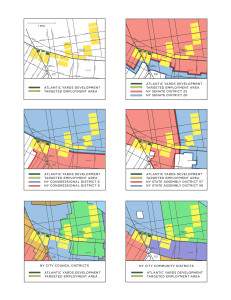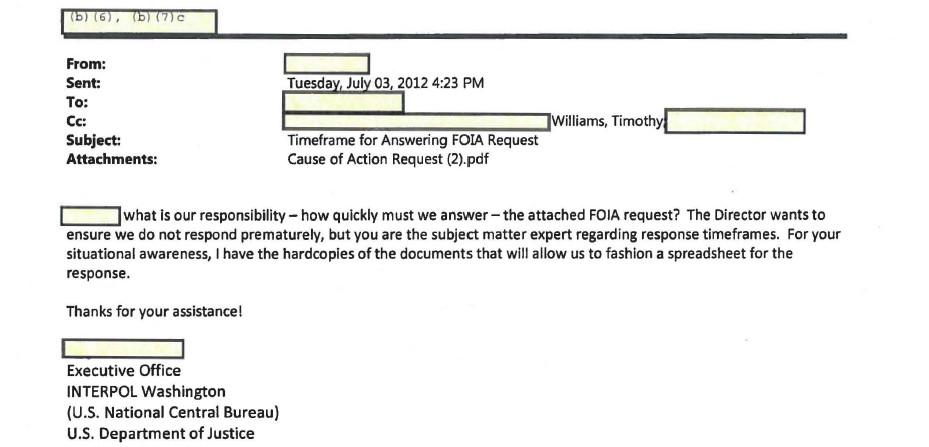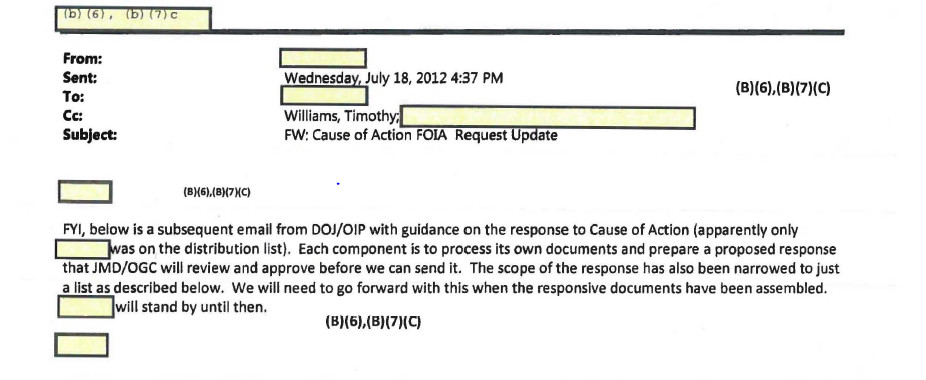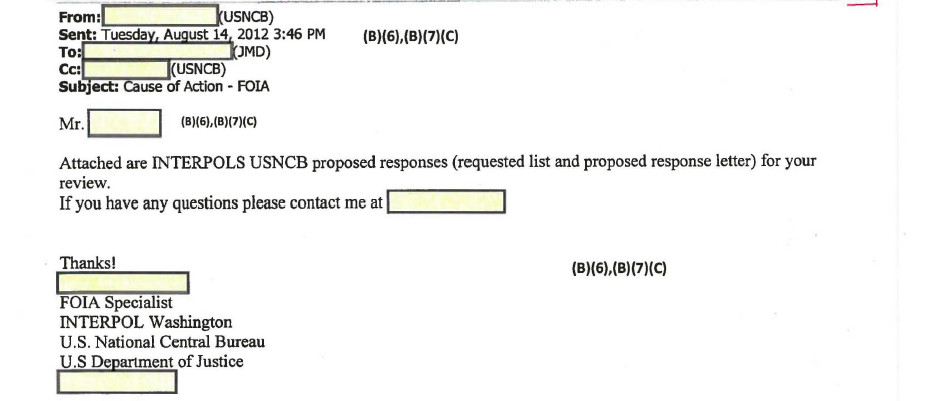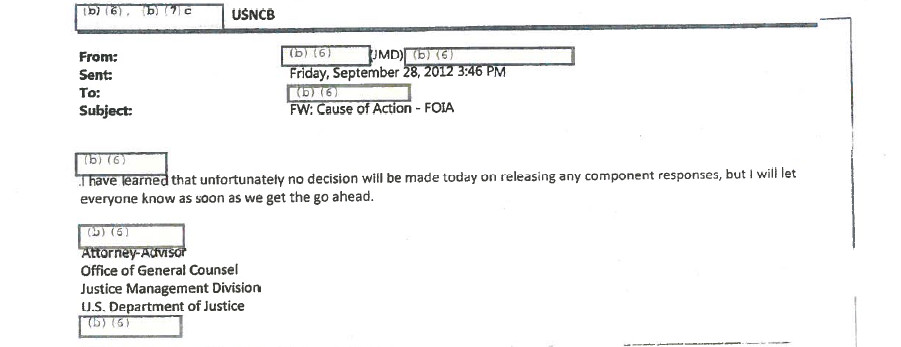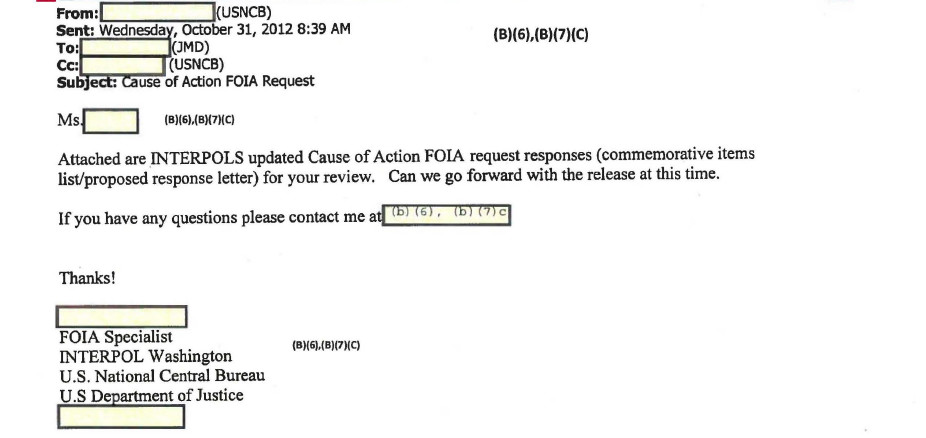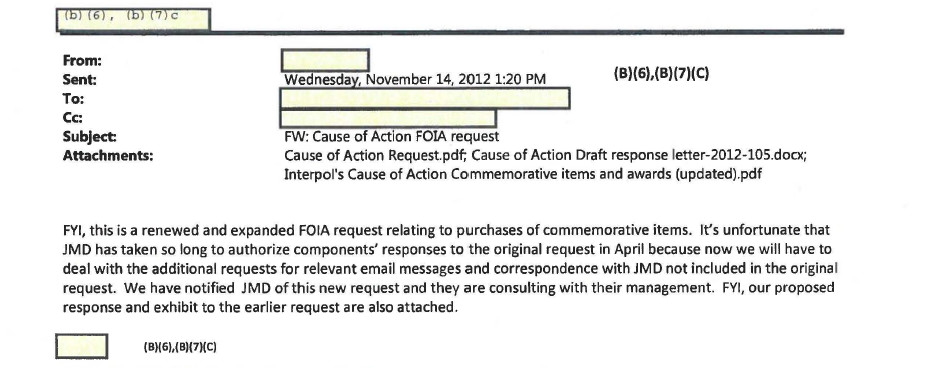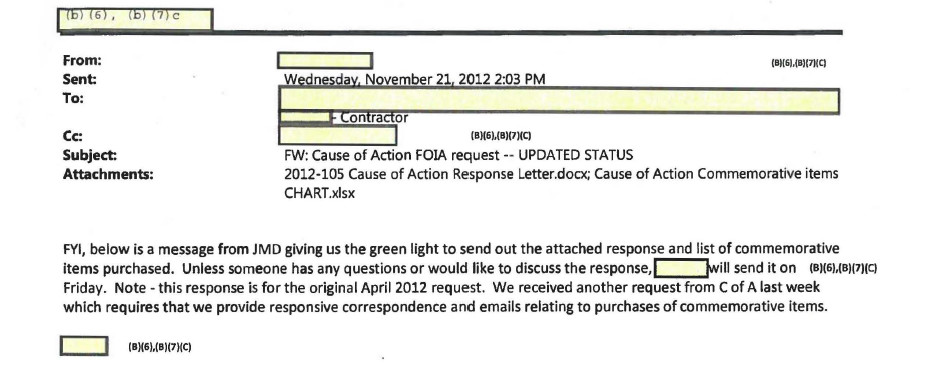United States District Court for the Northern District of California
Proceeding for Final Sentencing Hearing (January 13, 2014)
Defendant Nancy Black’s Response to the Government’s Sentencing Memorandum (January 8, 2014)
Defendant Nancy Black Sentencing Memorandum (December 30, 2013)
Plea Agreement (April 23, 2013)
Indictment (January 4, 2012)
